The emergence of the Padmanabhaswamy temple as one of the richest Hindu shrines in the world has thrown up security concerns with police.
When the erstwhile Maharaja of Travancore and carnatic music giant Swati Tirunal sang Padmanaabha tumharee leela, kya kahoon main savaro (I cannot but stand flabbergasted seeing your mischievous pranks, Oh! Lord Padmanabha!) in praise of the lord in a tillana, little did the world know that the supreme Hindu god had kept his mischief hidden — in the form of unimaginable wealth under the serpentine couch he reclined on.
That treasure trove, it has been revealed, is worth a mind-numbing Rs100,000 crore as of Sunday — and counting.
Thiruvananthapuram, where the Sree Padmanabha Swamy Temple stands as a silent observer of all that happens around, has overnight turned into the richest temple in India.
Padmanabha is the form of Vishnu in ‘ananta-sayanam’ or the eternal sleep of Yoga Nidra on the serpent Ananta.
That wealth dislodges yet another form of Vishnu — Lord Balaji — as India’s richest god. His temple in Tirupati, Andhra Pradesh is estimated to be worth about Rs50,000 crore.
That apart, the coffers of the Tirumala Tirupati Devasthanam get about Rs450 crore of offerings from devotees every year.
The stunning revelations in Thiruvananthapuram started trickling in after a seven-member Supreme Court-appointed panel began taking inventory of the royal family-maintained temple.
The process got kick-started after the Supreme Court ordered the stock taking of the temple’s hidden riches taking into account a writ petition filed by former Intelligence Bureau official and advocate TP Sundararajan alleging “mismanagement of the temple affairs”.
Though the event was seen as a normal judicial process in the beginning, things turned hotter when the lids to the six underground chambers (named A to F) on the temple premises started being opened.
The stock-taking process of four of the six chambers has now completed a week and the findings have revealed unimaginable riches.
With the media churning out fresh additions to the figures that elaborate on the worth of the wealth unearthed from the temple, one wonders how the evaluation is being conducted.
Sources at the temple said the evaluation process is done as per Supreme Court directives and that current day value of gold and diamonds have been applied for calculation.
But no one’s sure because there is no metric yet to assess the antique value of the booty. Of the six chambers, two are still to be opened.
The E chamber will be opened on Monday, following which the panel will submit an interim report on the findings. The remaining chamber B, which is being said to be the toughest one to be unearthed, will be opened only after a final nod from the Supreme Court is received.
This could as well mean that more treasure is to be unearthed from around 20 feet under. And, this also means that the next few days of scrutiny would throw up some amazing numbers in rupee terms.
The panel, which comprises a gemologist, has already unearthed a 4-ft idol of Lord Vishnu made in gold and studded with emeralds, and many such items of antique value.
Though official versions are still to come by, sources said the whole week has been gold and diamond-laden, with the SC team finding, precious stones, gold coins with the East India Company stamp on them, gold idols and statues, ornaments that were once used to deck up the main idol of Lord Anantha Padmanabha and much more.
“Gold necklaces as long as 15-18 ft, crowns studded with emeralds, rubies and diamonds, symbols of the Travancore royalty and the like have been taken stock of by the panel,” they added.
All chambers being so deep into the ground, stock taking has been a Herculean task for the panel. Assisted by Fire Force personnel and equipped with oxygen cylinders, the team’s effort could well be seen as a first-ever exercise of this magnitude.
The chambers are being opened after a gap of 70 years. Some haven’t been opened for more than a century.
A temple official said the treasure trove is an example of the foresight of the erstwhile rulers of Travancore, who never wanted the people of Travancore to be pushed to poverty or go homeless in case of a natural calamity.
He added that Sri Mulam Thirunal, the Maharaja who ruled the kingdom during 1885-1924 and then CP Ramaswamy Aiyer, the Dewan of Travancore during 1936-47 had earlier opened the chambers when famine devastated the state and distributed wealth so that the people never suffered.
It now remains to be seen what the Supreme Court’s next action would be. Will the treasure be handed over to the Kerala government as a state-owned property or will it be considered national treasure is anybody’s’ guess.
![submenu-img]() This film made Dharmendra star, was originally offered to Sunil Dutt, actor suffered near-death injury, movie earned...
This film made Dharmendra star, was originally offered to Sunil Dutt, actor suffered near-death injury, movie earned...![submenu-img]() Sumatra Slim Belly Tonic Scam (Tested For 90 Days) Does This Blue Tonic Supplement Work For Weight Loss?
Sumatra Slim Belly Tonic Scam (Tested For 90 Days) Does This Blue Tonic Supplement Work For Weight Loss?![submenu-img]() Sugar Defender Scam (60 Days Of Testing) What Users Are Saying About This Blood Sugar Support Formula
Sugar Defender Scam (60 Days Of Testing) What Users Are Saying About This Blood Sugar Support Formula![submenu-img]() FitSpresso Scam (I've Used It For 180 Days) Are These Weight Loss Pills Effective?
FitSpresso Scam (I've Used It For 180 Days) Are These Weight Loss Pills Effective?![submenu-img]() Understanding Legal Entity Identifiers: The Advantages and Benefits
Understanding Legal Entity Identifiers: The Advantages and Benefits![submenu-img]() Meet man who almost failed in class 12, IIT alumnus, who quit high-paying job at Infosys for UPSC exam, secured AIR...
Meet man who almost failed in class 12, IIT alumnus, who quit high-paying job at Infosys for UPSC exam, secured AIR...![submenu-img]() Meghalaya Board 10th, 12th Result 2024: MBOSE SSLC, HSSLC Arts results to be declared on this date
Meghalaya Board 10th, 12th Result 2024: MBOSE SSLC, HSSLC Arts results to be declared on this date![submenu-img]() Campus placement: Over 7700 students of IIT 2024 batch yet to get jobs, finds RTI
Campus placement: Over 7700 students of IIT 2024 batch yet to get jobs, finds RTI![submenu-img]() IIT-JEE topper joins IIT Bombay with AIR 1, skips placement drive, now working as a...
IIT-JEE topper joins IIT Bombay with AIR 1, skips placement drive, now working as a...![submenu-img]() IIT graduate builds Rs 1057990000000 company, leaves to get a job, now working as a….
IIT graduate builds Rs 1057990000000 company, leaves to get a job, now working as a….![submenu-img]() DNA Verified: Is CAA an anti-Muslim law? Centre terms news report as 'misleading'
DNA Verified: Is CAA an anti-Muslim law? Centre terms news report as 'misleading'![submenu-img]() DNA Verified: Lok Sabha Elections 2024 to be held on April 19? Know truth behind viral message
DNA Verified: Lok Sabha Elections 2024 to be held on April 19? Know truth behind viral message![submenu-img]() DNA Verified: Modi govt giving students free laptops under 'One Student One Laptop' scheme? Know truth here
DNA Verified: Modi govt giving students free laptops under 'One Student One Laptop' scheme? Know truth here![submenu-img]() DNA Verified: Shah Rukh Khan denies reports of his role in release of India's naval officers from Qatar
DNA Verified: Shah Rukh Khan denies reports of his role in release of India's naval officers from Qatar![submenu-img]() DNA Verified: Is govt providing Rs 1.6 lakh benefit to girls under PM Ladli Laxmi Yojana? Know truth
DNA Verified: Is govt providing Rs 1.6 lakh benefit to girls under PM Ladli Laxmi Yojana? Know truth![submenu-img]() AI models set goals for pool parties in sizzling bikinis this summer
AI models set goals for pool parties in sizzling bikinis this summer![submenu-img]() In pics: Aditi Rao Hydari being 'pocket full of sunshine' at Cannes in floral dress, fans call her 'born aesthetic'
In pics: Aditi Rao Hydari being 'pocket full of sunshine' at Cannes in floral dress, fans call her 'born aesthetic'![submenu-img]() Jacqueliene Fernandez is all smiles in white shimmery bodycon at Cannes 2024, fans call her 'real Barbie'
Jacqueliene Fernandez is all smiles in white shimmery bodycon at Cannes 2024, fans call her 'real Barbie'![submenu-img]() AI models show bikini style for perfect beach holiday this summer
AI models show bikini style for perfect beach holiday this summer![submenu-img]() Laapataa Ladies actress Chhaya Kadam ditches designer clothes, wears late mother's saree, nose ring on Cannes red carpet
Laapataa Ladies actress Chhaya Kadam ditches designer clothes, wears late mother's saree, nose ring on Cannes red carpet![submenu-img]() DNA Explainer: Why was Iranian president Ebrahim Raisi, killed in helicopter crash, regarded as ‘Butcher of Tehran’?
DNA Explainer: Why was Iranian president Ebrahim Raisi, killed in helicopter crash, regarded as ‘Butcher of Tehran’?![submenu-img]() DNA Explainer: Why did deceased Iranian President Ebrahim Raisi wear black turban?
DNA Explainer: Why did deceased Iranian President Ebrahim Raisi wear black turban?![submenu-img]() Iran President Ebrahim Raisi's death: Will it impact gold, oil prices and stock markets?
Iran President Ebrahim Raisi's death: Will it impact gold, oil prices and stock markets?![submenu-img]() Haryana Political Crisis: Will 3 independent MLAs support withdrawal impact the present Nayab Saini led-BJP government?
Haryana Political Crisis: Will 3 independent MLAs support withdrawal impact the present Nayab Saini led-BJP government?![submenu-img]() DNA Explainer: Why Harvey Weinstein's rape conviction was overturned, will beleaguered Hollywood mogul get out of jail?
DNA Explainer: Why Harvey Weinstein's rape conviction was overturned, will beleaguered Hollywood mogul get out of jail?![submenu-img]() This film made Dharmendra star, was originally offered to Sunil Dutt, actor suffered near-death injury, movie earned...
This film made Dharmendra star, was originally offered to Sunil Dutt, actor suffered near-death injury, movie earned...![submenu-img]() Sanjay Leela Bhansali breaks silence on Sharmin Segal's performance in Heeramandi: She kept saying, 'Mama, I will...'
Sanjay Leela Bhansali breaks silence on Sharmin Segal's performance in Heeramandi: She kept saying, 'Mama, I will...'![submenu-img]() 'To my surprise...': Neena Gupta says she is amazed as everyone from different backgrounds loves Panchayat
'To my surprise...': Neena Gupta says she is amazed as everyone from different backgrounds loves Panchayat![submenu-img]() Worst Indian film ever ended actor's career, saw court cases; it's not Jaani Dushman, Adipurush, RGV Ki Aag, Himmatwala
Worst Indian film ever ended actor's career, saw court cases; it's not Jaani Dushman, Adipurush, RGV Ki Aag, Himmatwala![submenu-img]() Meet director, was thrown out of film for advising Salman Khan, gave flops; later made 6 actors stars with just one film
Meet director, was thrown out of film for advising Salman Khan, gave flops; later made 6 actors stars with just one film![submenu-img]() Old video resurfaces: Hippo attempts zoo breakout, gets slapped by security guard
Old video resurfaces: Hippo attempts zoo breakout, gets slapped by security guard![submenu-img]() Mysterious pillars of light in sky spark alien speculation, know what they are
Mysterious pillars of light in sky spark alien speculation, know what they are![submenu-img]() Shaadi.com's innovative dowry calculator garners social media praise, here's why
Shaadi.com's innovative dowry calculator garners social media praise, here's why![submenu-img]() Viral video: Woman gracefully grooves to Aditi Rao Hydari’s Saiyaan Hatto Jaao from Heeramandi, watch
Viral video: Woman gracefully grooves to Aditi Rao Hydari’s Saiyaan Hatto Jaao from Heeramandi, watch![submenu-img]() Know about Travancore royal family that controls treasure of the wealthiest temple on Earth
Know about Travancore royal family that controls treasure of the wealthiest temple on Earth











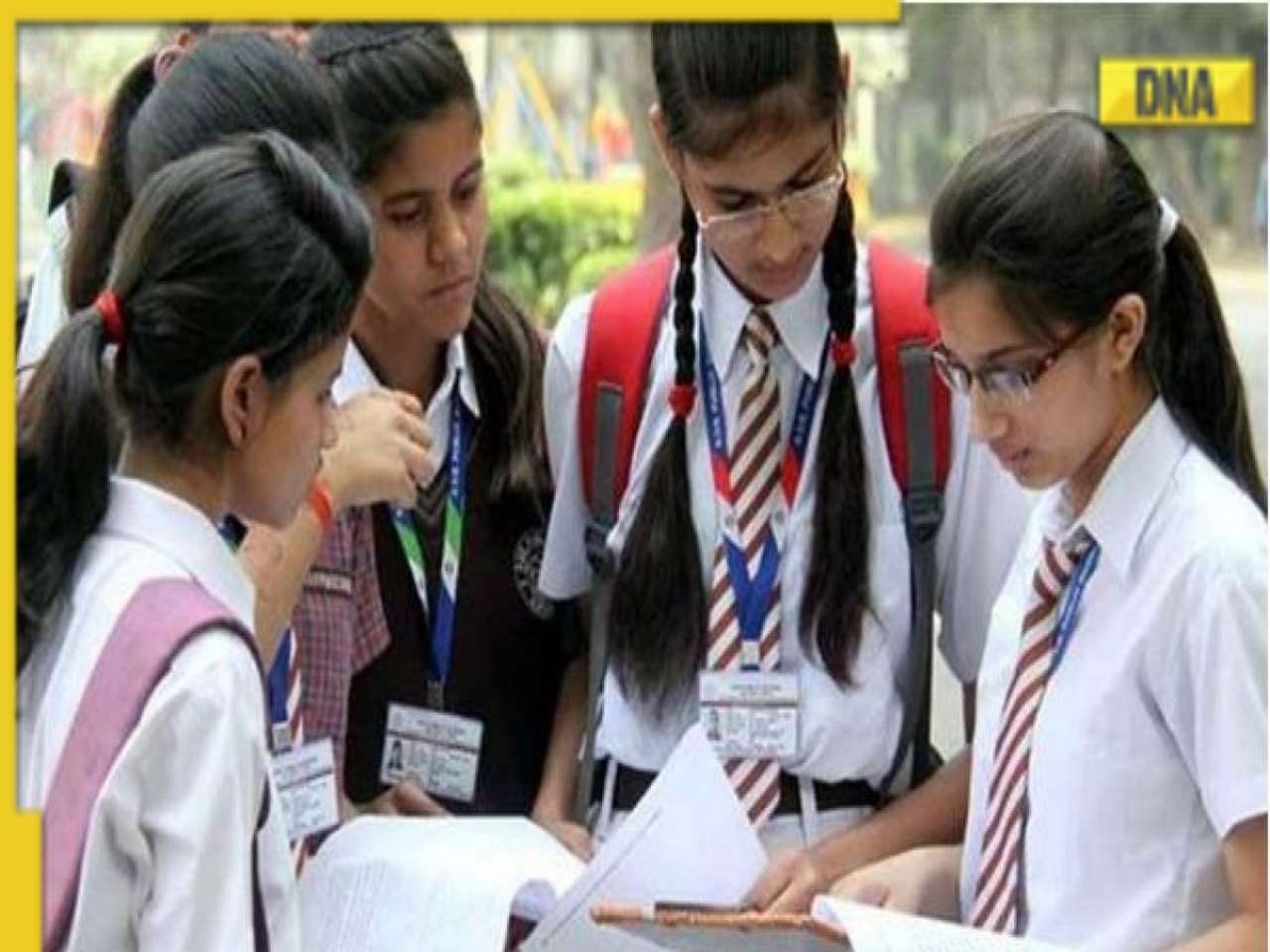

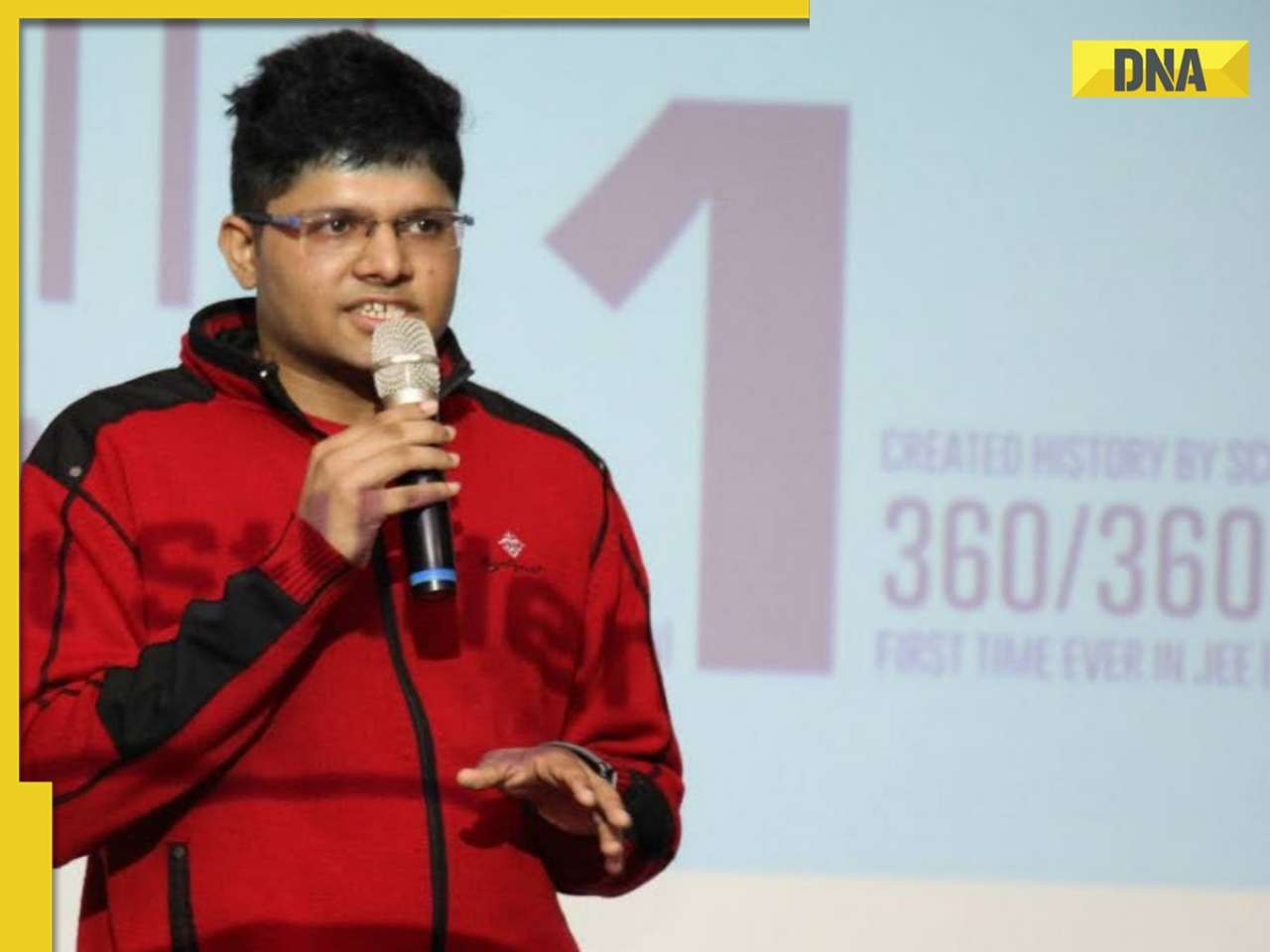

















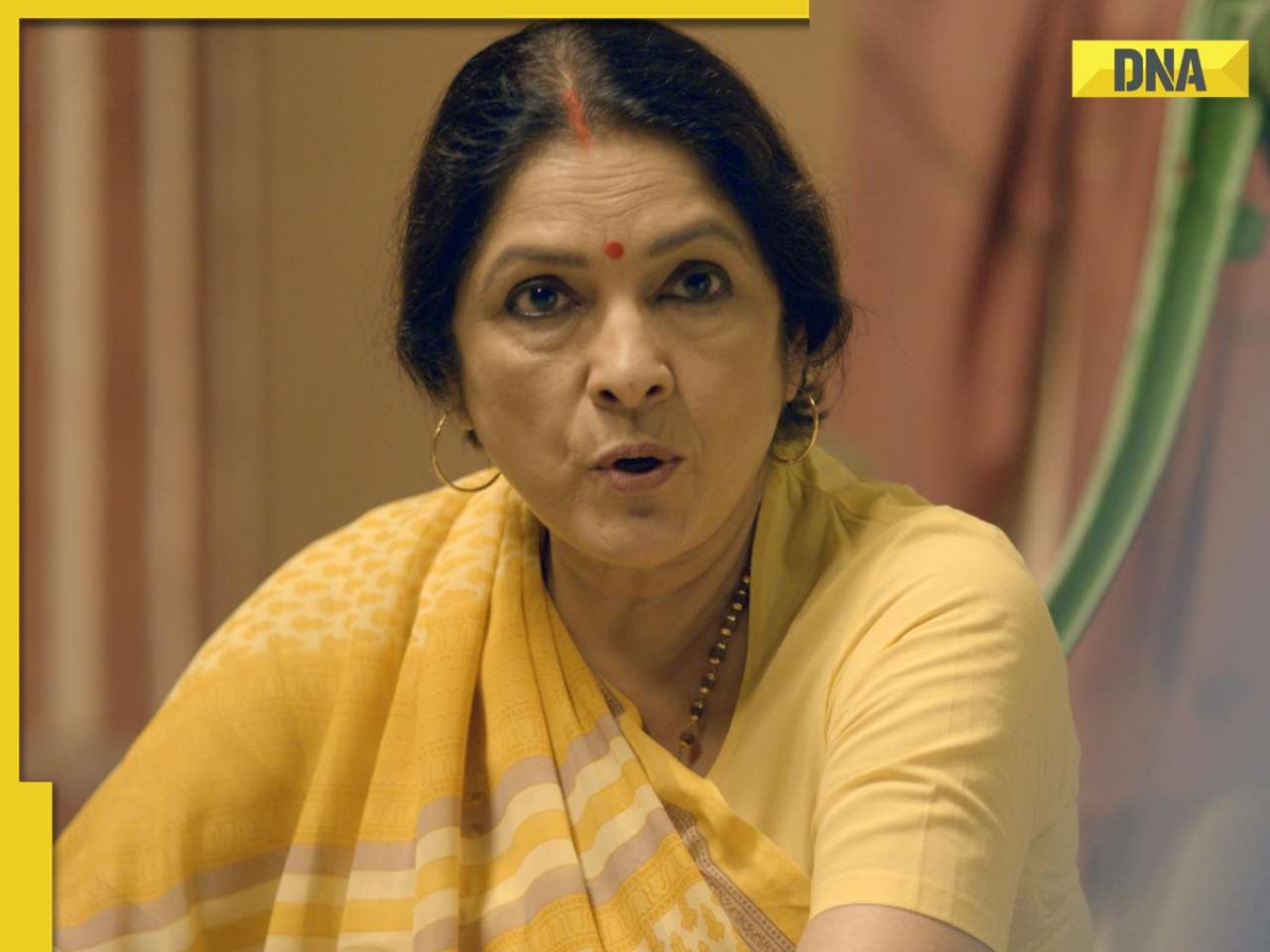


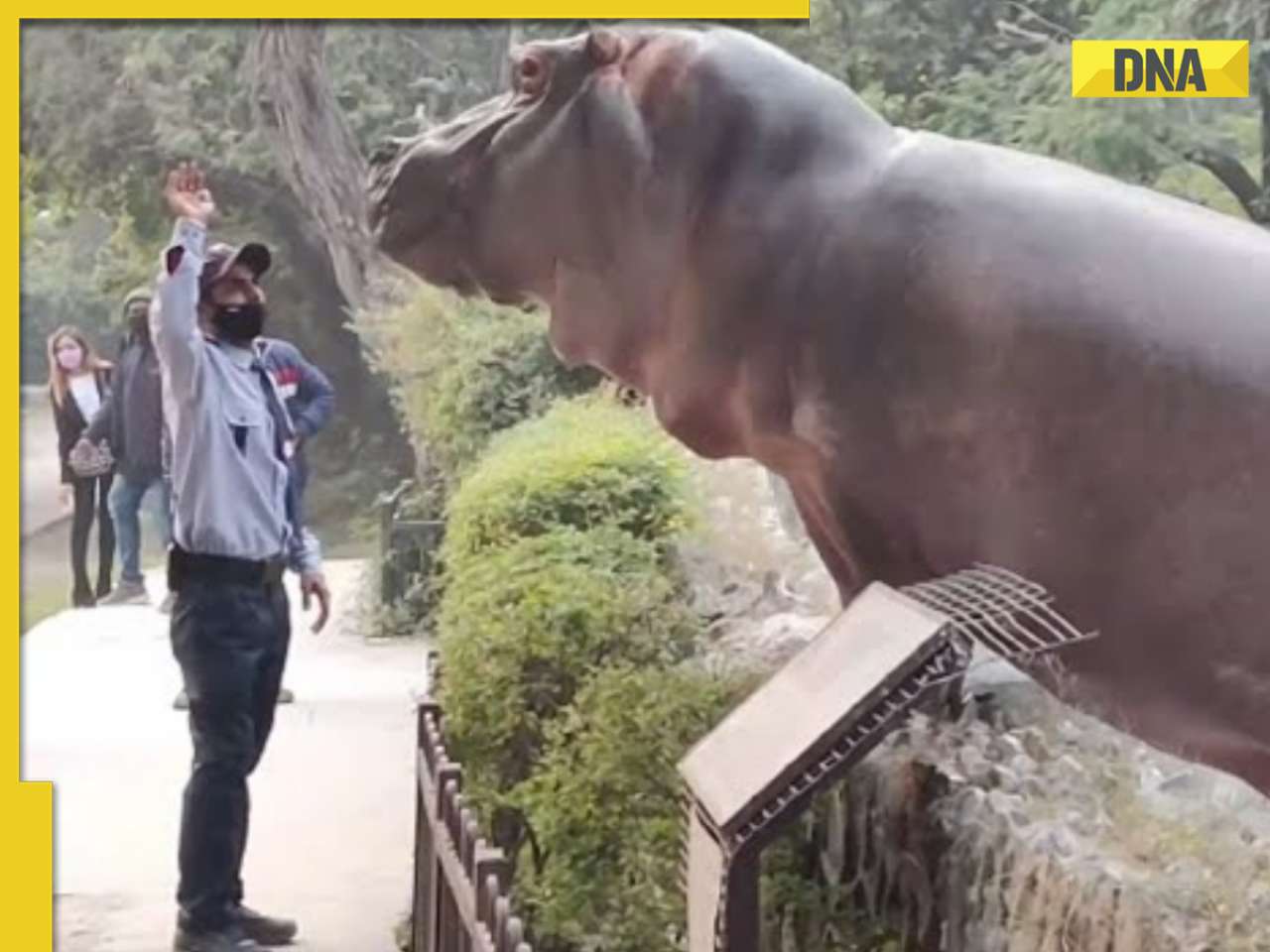





)
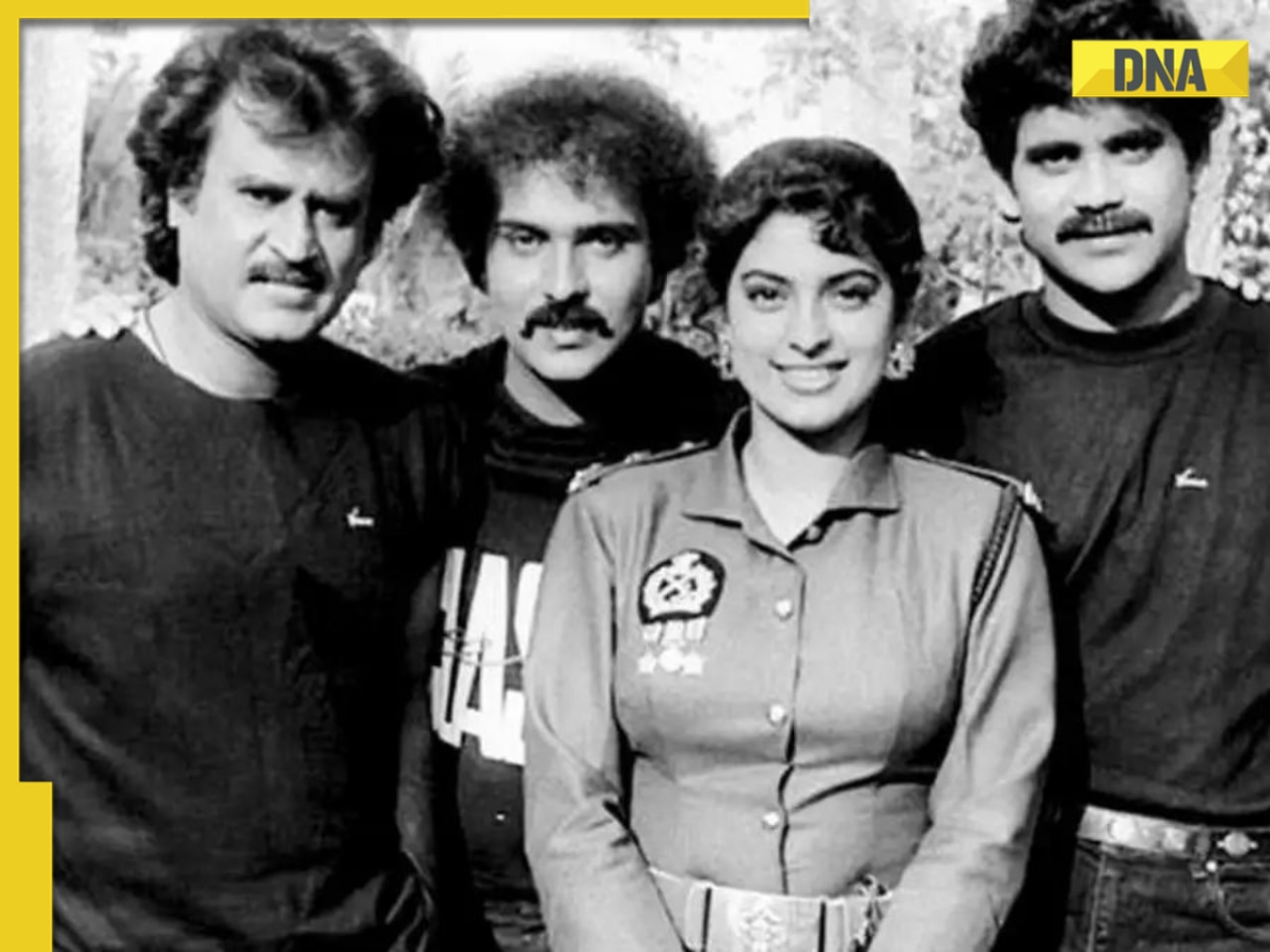
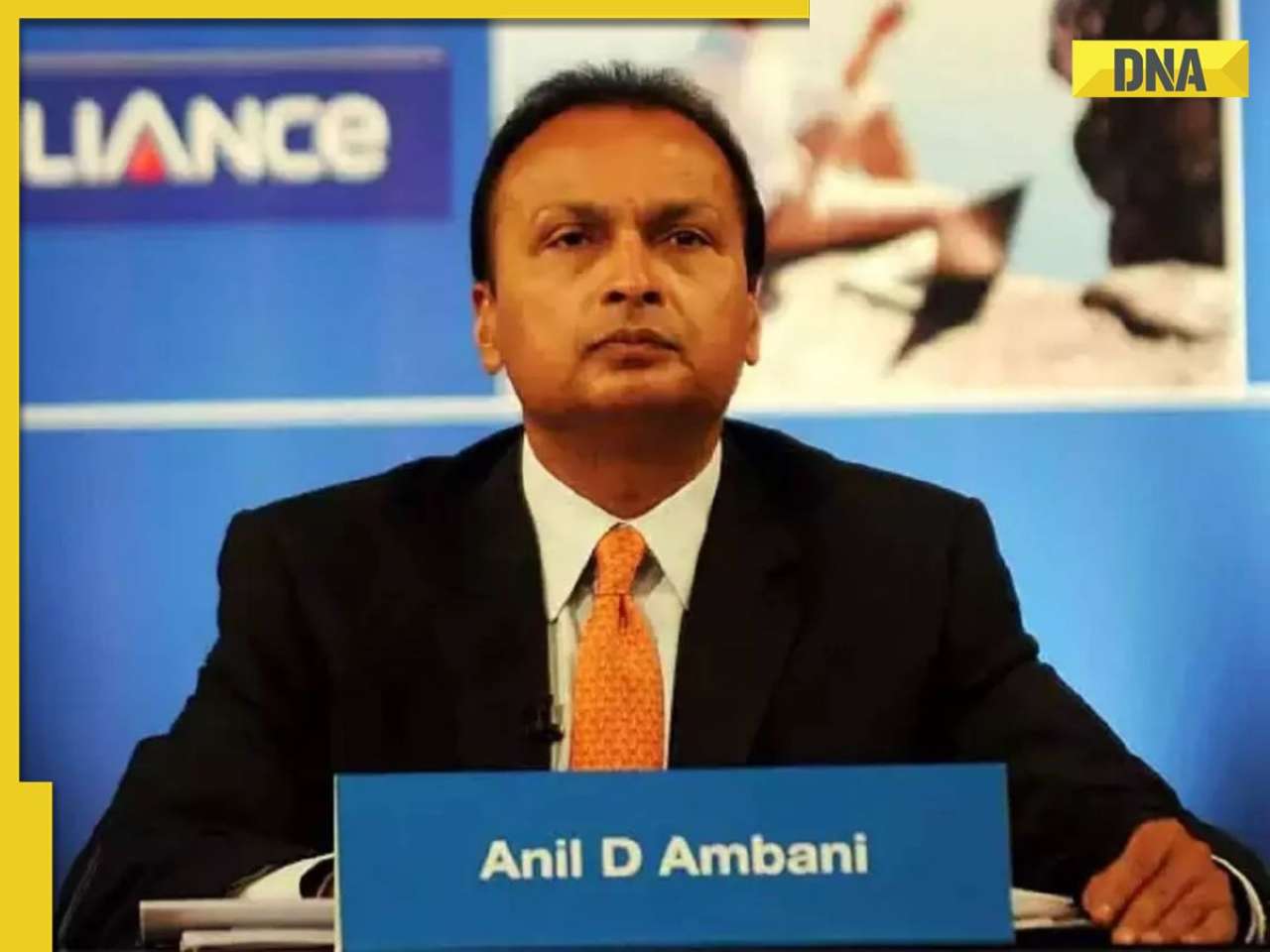


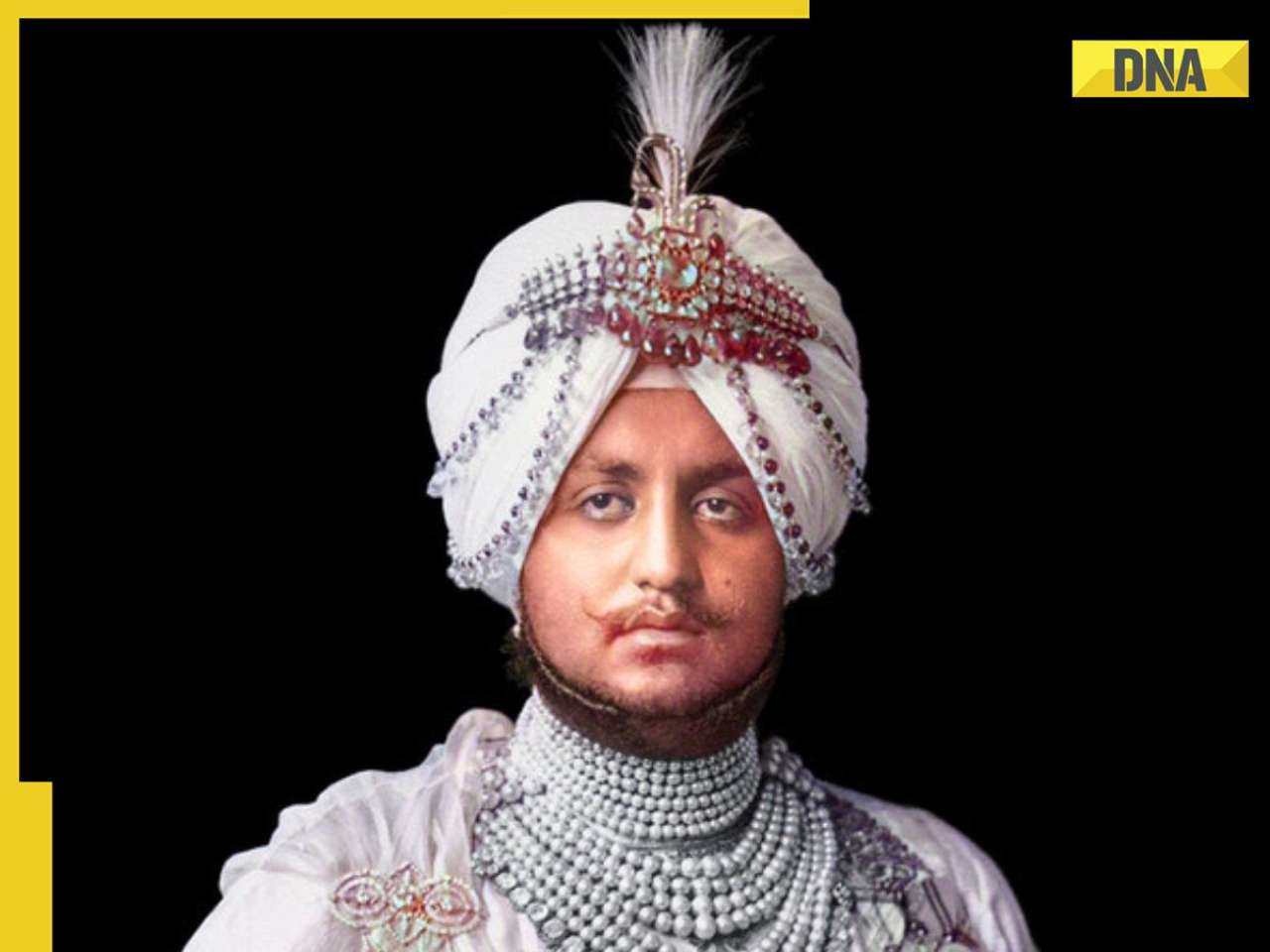




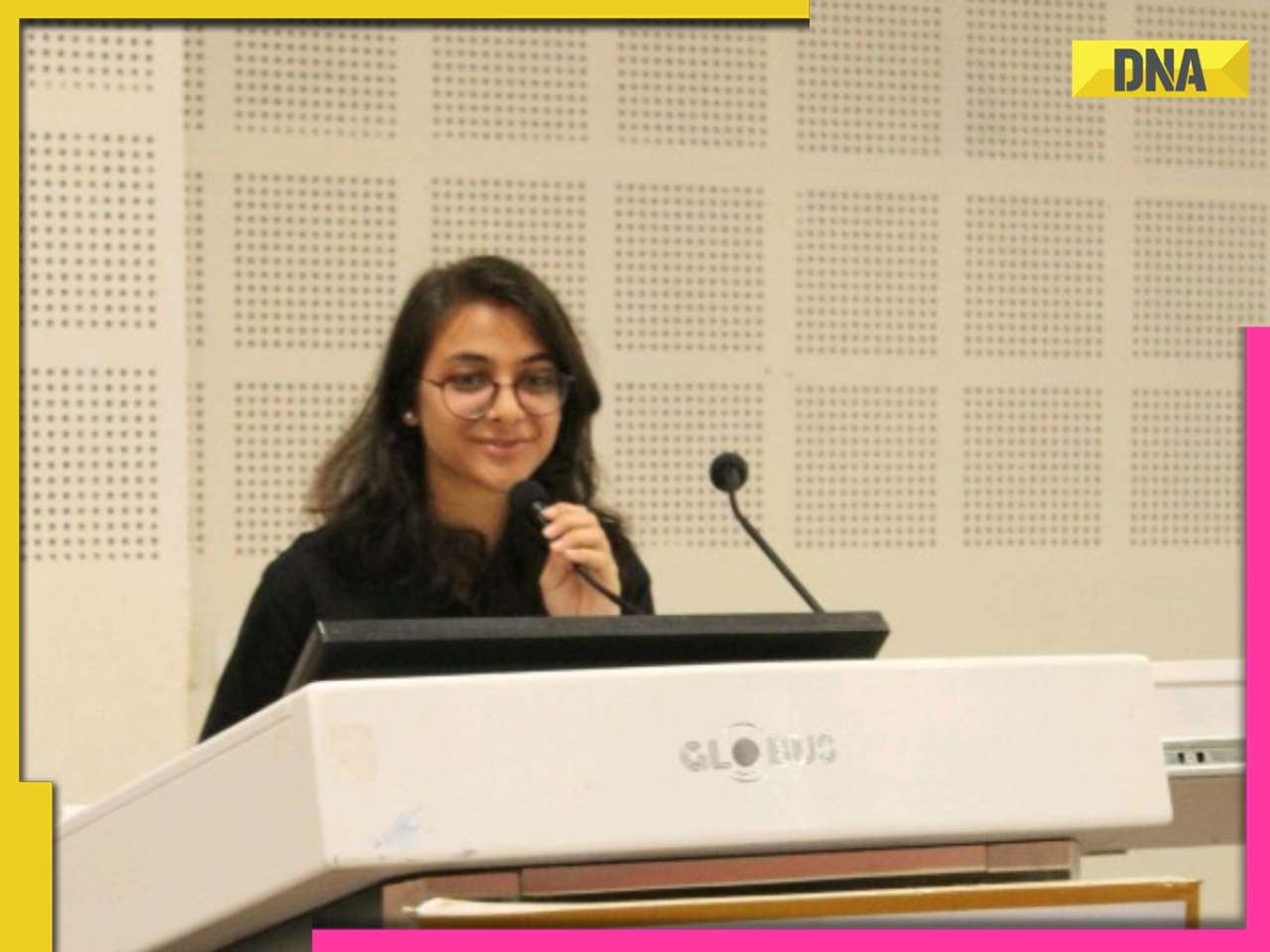








)
)
)
)
)
)